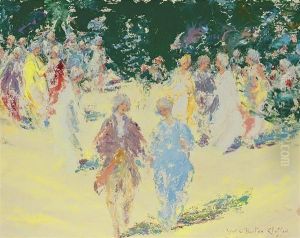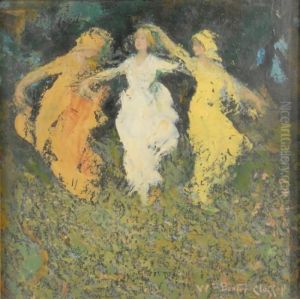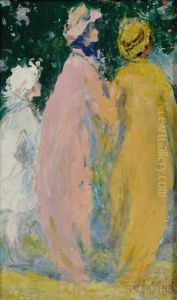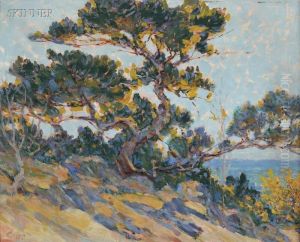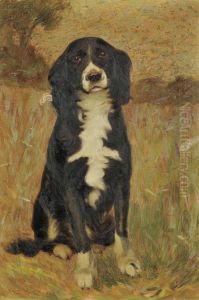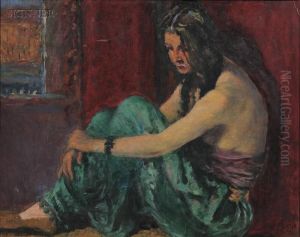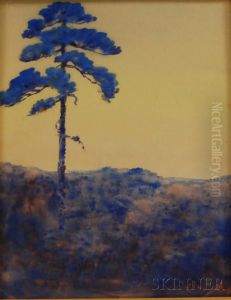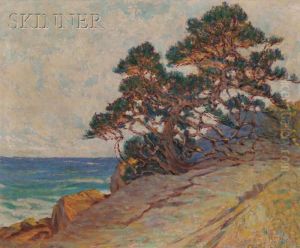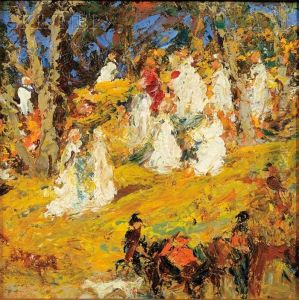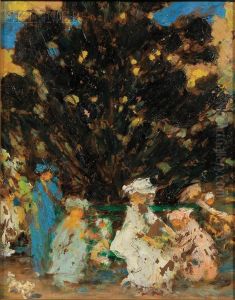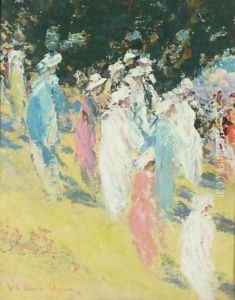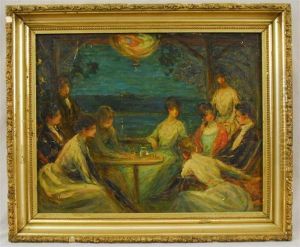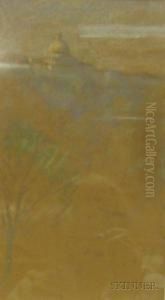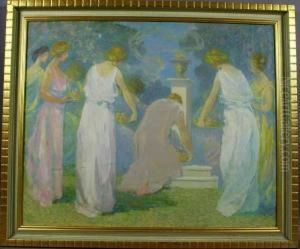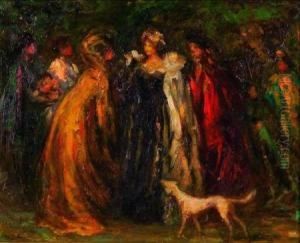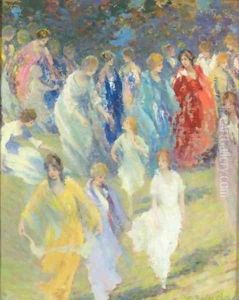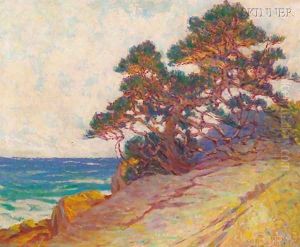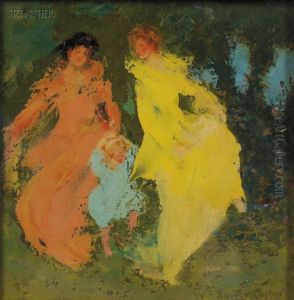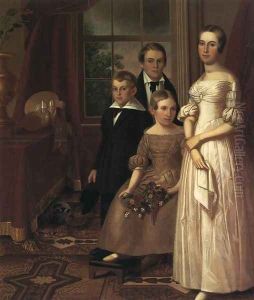William Baxter Palmer Closson Paintings
William Baxter Palmer Closson was an American artist known for his wood engravings and paintings. Born on September 1, 1848, in Thetford, Vermont, Closson began his artistic career as an engraver in Boston. He initially apprenticed in a wood-engraving firm and subsequently became an independent artist. Closson's engravings were highly regarded, and he was known for his ability to capture texture and shadow, which brought depth and richness to his works. His illustrations appeared in many prominent publications of the time, which helped to solidify his reputation as a master engraver.
In addition to wood engraving, Closson was also a skilled painter. He studied painting in Paris at the Académie Julian, a popular school among American artists in the late 19th century. There, he was influenced by the French Barbizon school, which is evident in his landscape paintings that emphasize mood and atmosphere. After his return to the United States, he continued to work and exhibit his paintings, which often featured pastoral scenes, landscapes, and interiors.
Closson was well-traveled and often sought inspiration from different places. He spent significant time in Europe, where he absorbed various artistic styles, but he always maintained a distinctive personal approach to his art. Over the years, his work transitioned from the detailed precision of engraving to the looser, more expressive style of his paintings. Despite this shift in medium, Closson's strong compositional skills and his keen eye for detail remained evident.
William Baxter Palmer Closson's contribution to art was not only in his finished works but also in his innovative techniques in wood engraving, which influenced the direction of American illustration. His legacy includes a range of works now held in various museums and private collections. Closson passed away on May 19, 1926, in Hartford, Connecticut. He left behind a body of work that continues to be appreciated for its beauty and technical skill.
